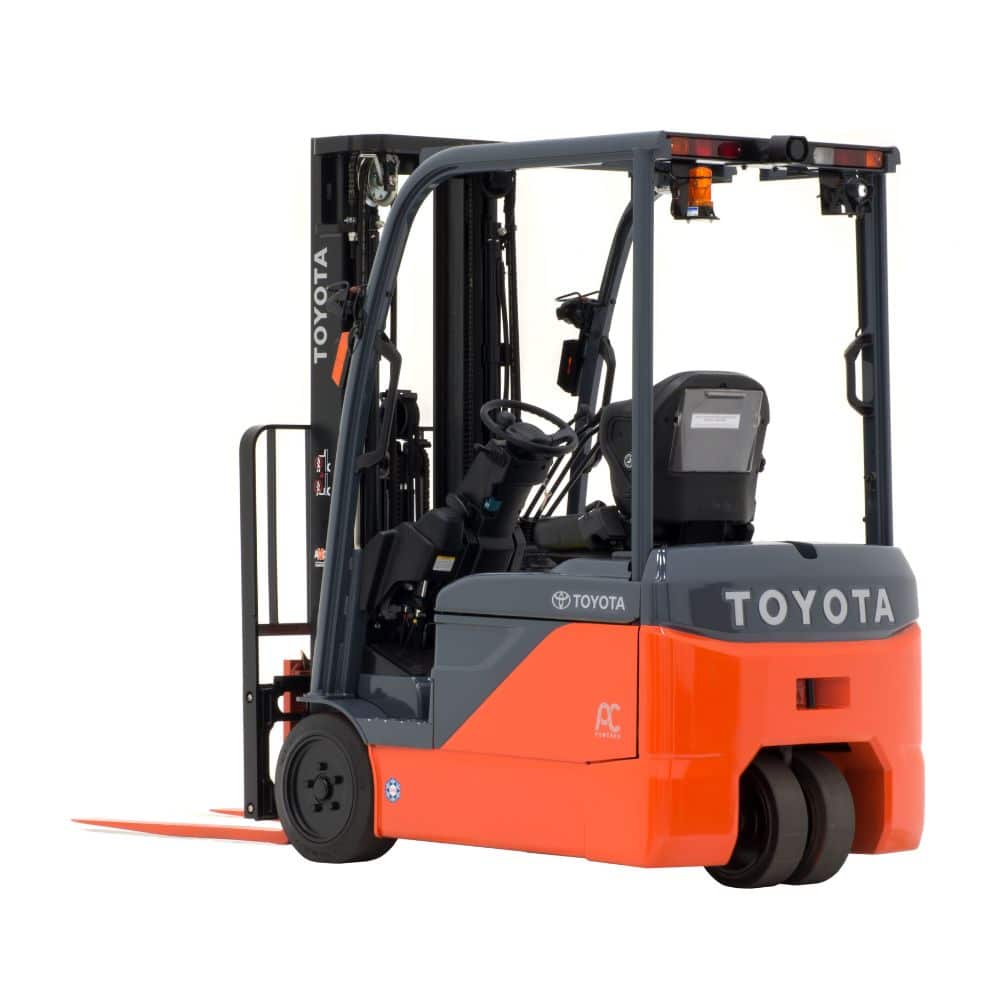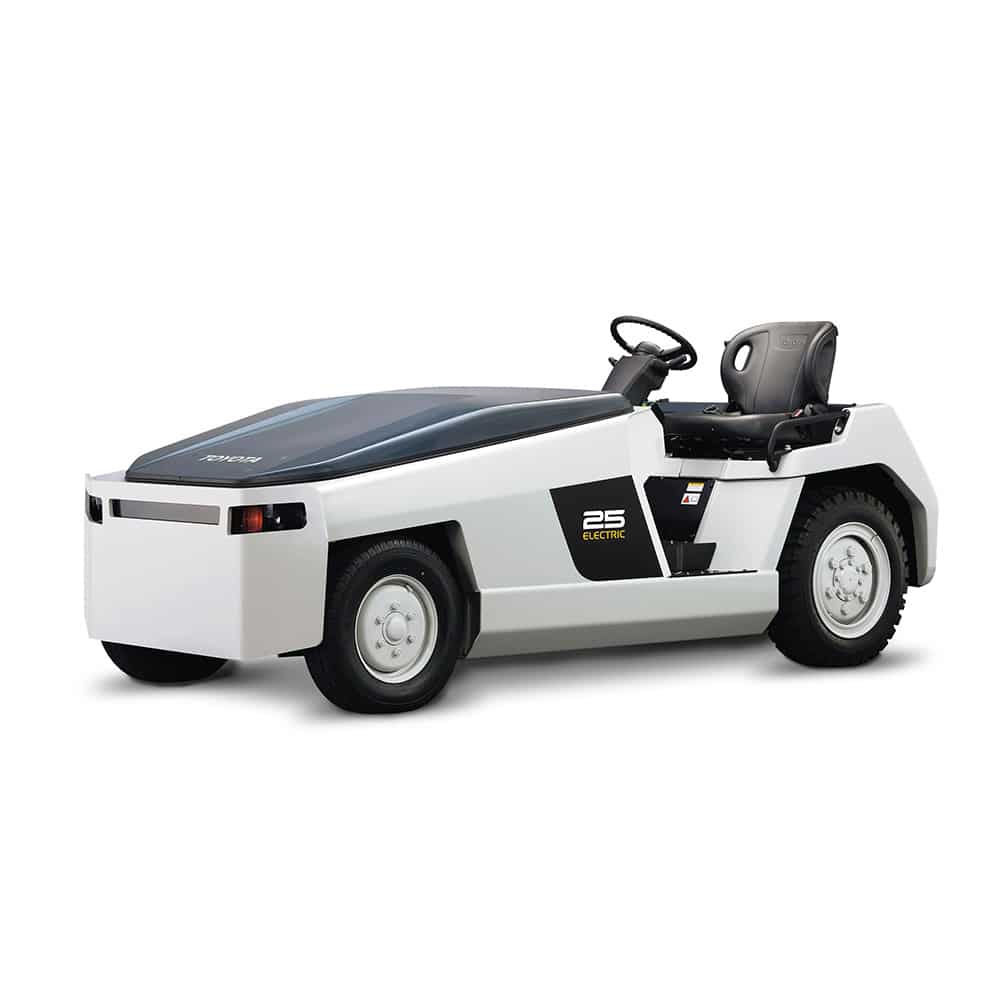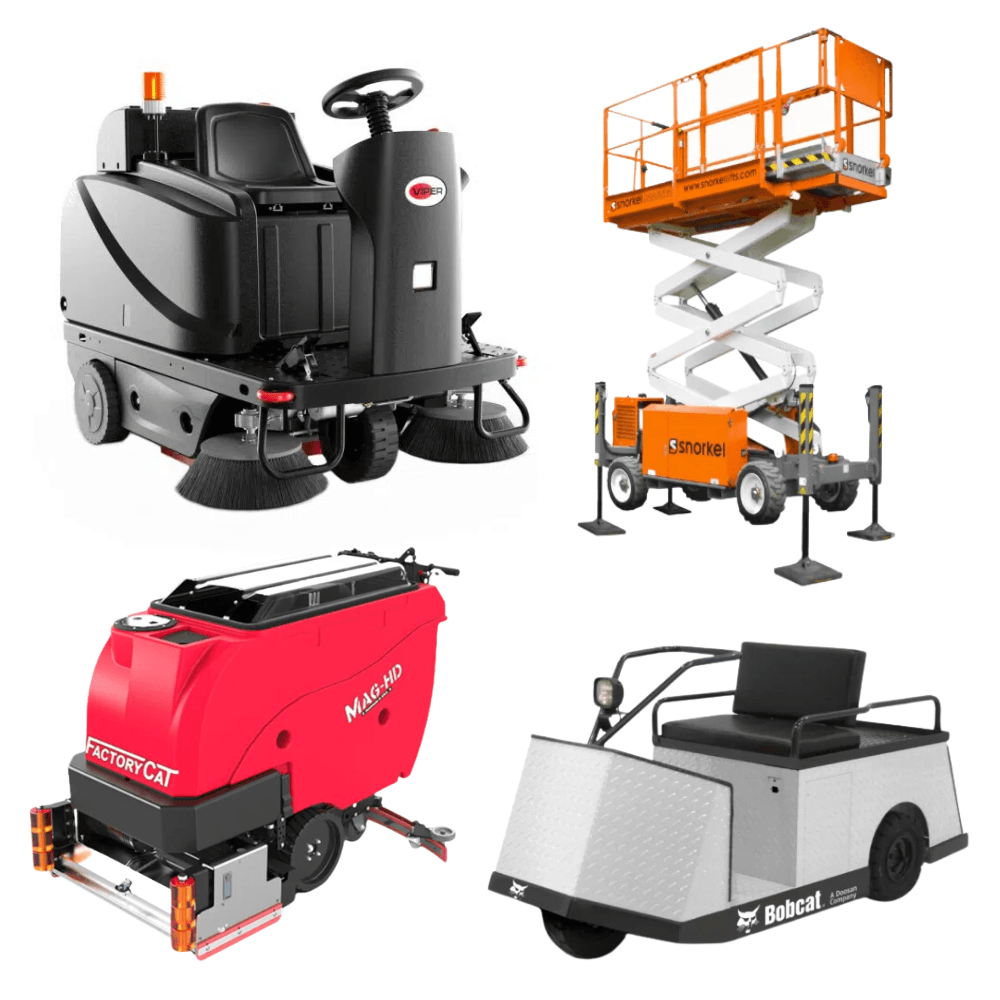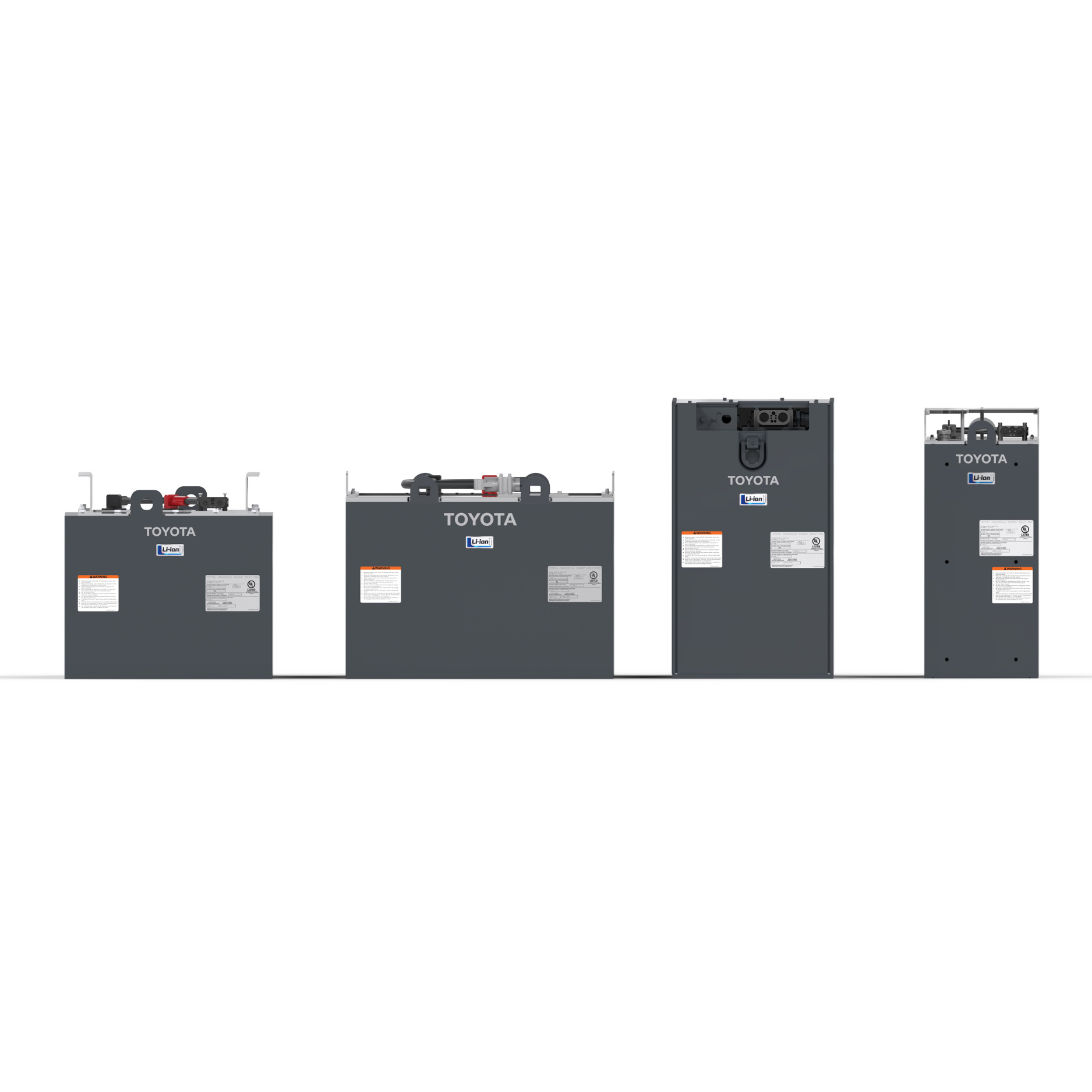Call Us:(800) 362-3097

Tips for Managing your Truck Fleet Operating Costs-2
May 2, 2019
Welcome back to part #2 in our series of ideas to help you more effectively manage your lift trucks.
- Identify and understand the various operations that lift trucks operate within inside your facility. Most include shipping/receiving, staging and some form of product storage. Within these operations we often find various environments ranging from normal ambient temperatures to far extremes that are common to foundries, cold storage or areas that have high concentrations of dust within the air. Each of these environments should be individually evaluated to understand the usage, risks and specific maintenance related issues that are experienced while using lift trucks within these areas.
- Discuss these operating environments with lift truck professionals that can help you equip your lift trucks with optional specifications that protect or seal components from being exposed to these conditions. Proper protection will result in fewer repairs and reduced downtime.
- Are you needing more space for storage or manufacturing and considering outside warehousing or adding on to your existing facility? What could you do with the space gained from narrowing existing 12’+ wide aisles to approximately 6’ or less? This type of space savings is cost effectively available with the proper type of lift truck.
- Consult with your Safety Director or insurance provider if unsure if special UL ratings are required for operation in combustible areas.
- Identify door (or rack tunnel) height differences that could pose overhead clearance problems for tall masted lift trucks traveling through the openings
- Understand the floor surface and dock conditions. Rough floors or improper docks are often the cause of premature and costly tire and wheel replacement. Investing in long term repairs of these items often reduce periodic short-term equipment related expenses.
- Can two oncoming lift trucks safely pass within the same aisle width? Identify if some aisles are narrower than others and evaluate the condition of the rack in these areas. Damaged rack uprights are often indicators that aisles are too tight or need for lift truck operator training. Can building columns be positioned so they’re hidden within the pallet rack instead of within the travel aisle?
- Manage the housekeeping in the areas where lift trucks travel ensuring that broken pallets, shrink wrap and other debris is not subject to being run over. Debris lodged between small diameter wheels cause the wheels to skid instead of rolling and result in flat spots. Shrink wrap and packing materials often wrap around the lift truck wheels and can create axle seal leaks.
- Could productivity be improved, and handling costs reduced with the use of a lift truck that is designed to transport two or more pallets at the same time? Could an electric pallet jack or tugger (approximately a third of the cost of a lift truck) be used to horizontally transport materials? For repetitious shuttles, could an automatic guided vehicle without the expense of an operator provide the return on investment that makes sense to your company?
- Protect your employees and company by ensuring that lift trucks are equipped with legible and accurate capacity plates (also reflecting any special length forks or attachments that might be temporarily installed). While you’re looking, verify that all safety decals are installed and legible (these are low hanging fruit for OSHA inspectors looking for citations). While you’re at it, pickup a can of OEM touchup spray paint to keep your equipment looking fresh, while also helping to raise accountability when mysterious scrapes and gouges appear.
- Invest in thorough operator training every three years or sooner if needed. Don’t attempt to save money by cutting corners in this area. Statistics prove that trained lift truck operators reduce accidents and maintenance costs.
- Training should include the proper steps for conducting equipment pre-operational inspections (an OSHA requirement). Be sure to promptly address noted issues. Neglecting to take action will erode the trust of your operators and nullify the disciplines that you are putting in to practice.
- Know the competency of your lift truck operators and utilize the technology on most newer trucks that allow you to limit travel and lift speeds until the operator is proficient with each specific type of equipment that they are trained to operate.
- For electric users, training should also include proper charging and battery care that is relevant for your specific battery technology (i.e. flooded, maintenance free, lithium-ion, opportunity charging or fast charging) being used. If your operation is large, consider if battery charging stations should be decentralized and located within specific departments or in a centralized charging area. Charging batteries during off peak times normally result in lower electric charges from your local utility company.
- Reducing fuel consumption for users of internal combustion forklift models represent another source of potential cost savings. Many newer model lift trucks have customizable operating parameters that can control acceleration rates and top travel speeds. Finding the right balance of these parameters normally result in fuel savings, reduced tire wear, and less equipment damage.
Our last segment in this series will be dedicated to understanding the potential benefits associated with equipment telemetry devices.
Your questions, suggestions for future topics and overall feedback on the value of these articles are always welcome. Please route your comments through the “Contact Us” link at the top of our website. Once there, select the “Satisfaction-Contact the President” drop down option from the Department menu. Let your conscience be your guide from that point.
Categories





